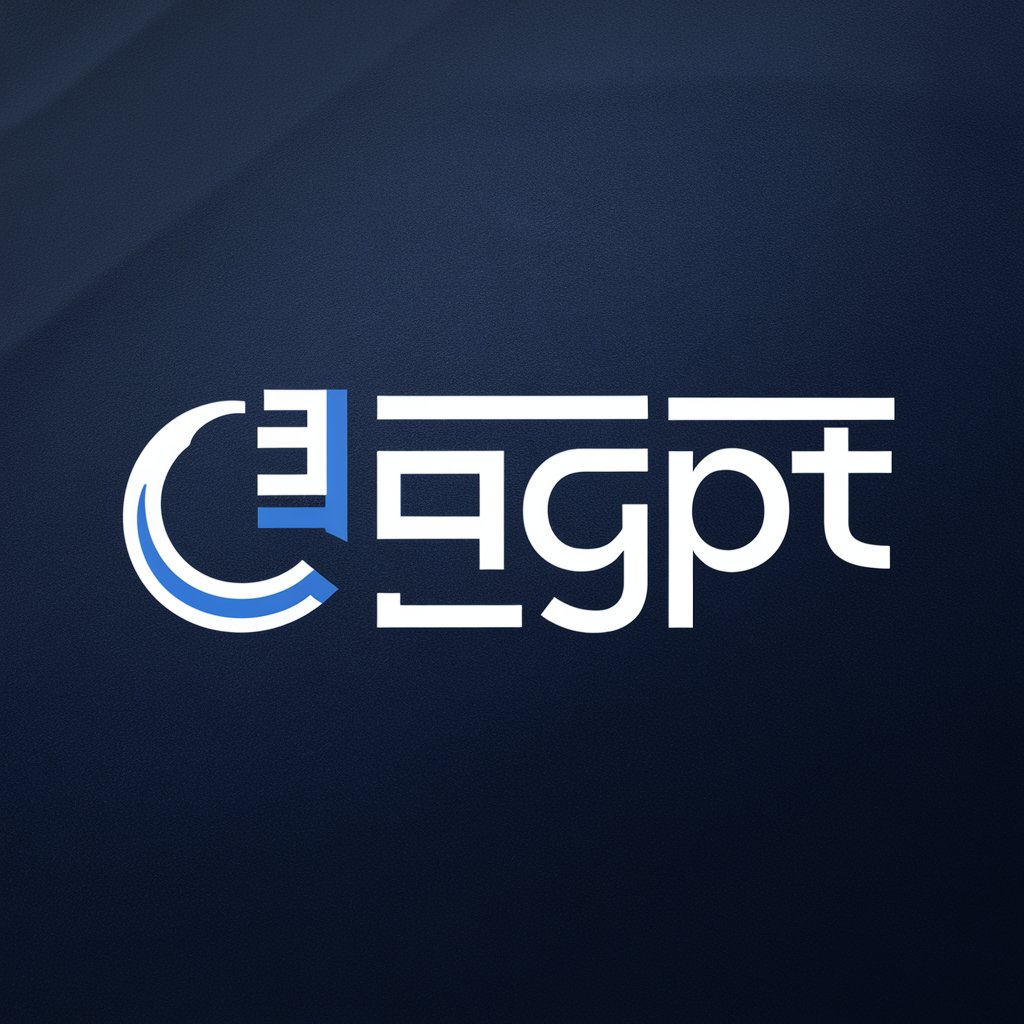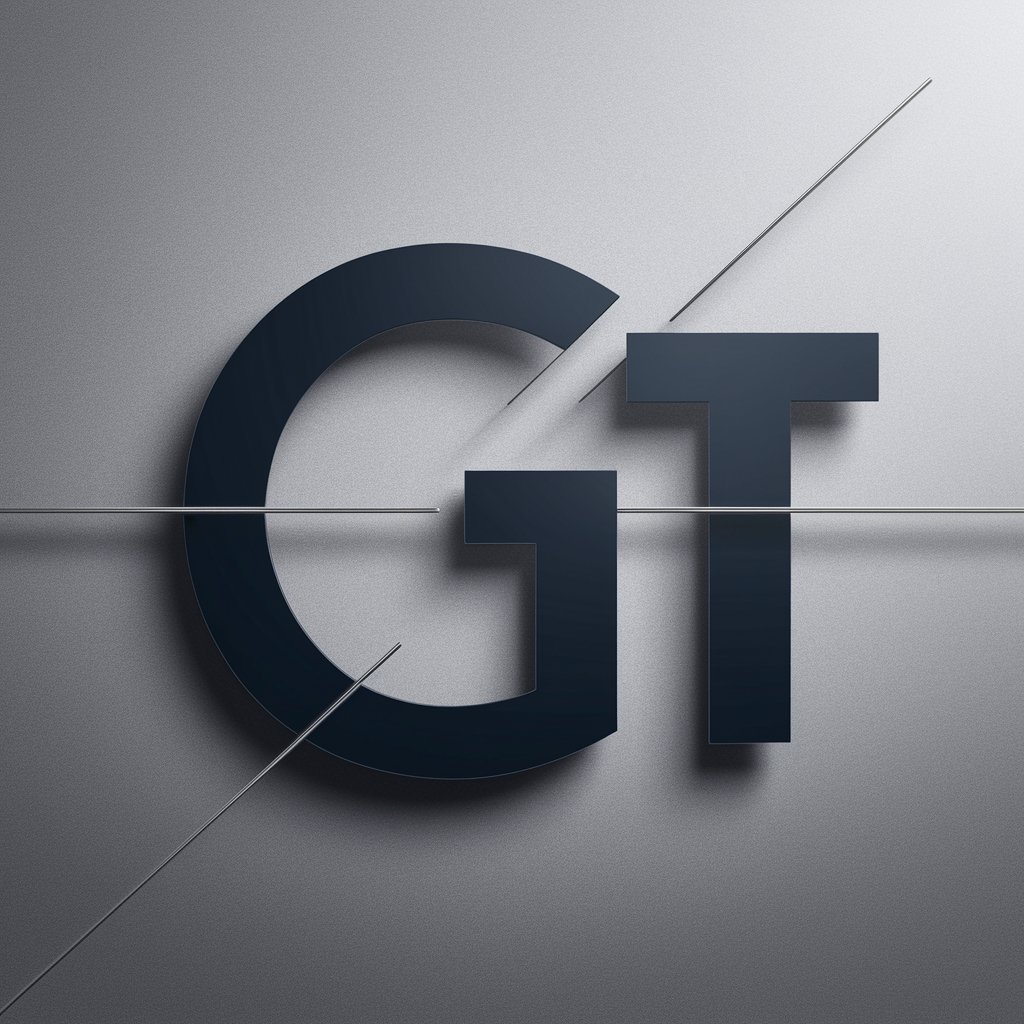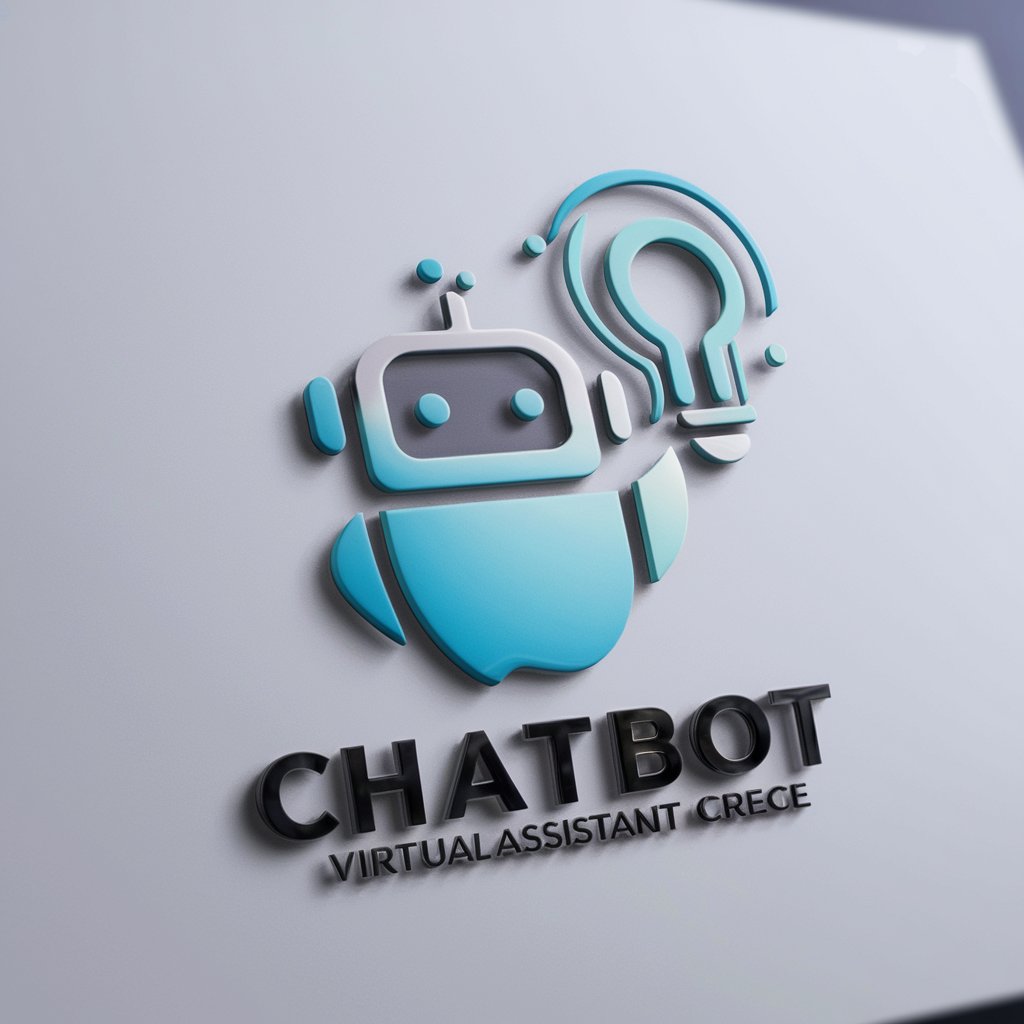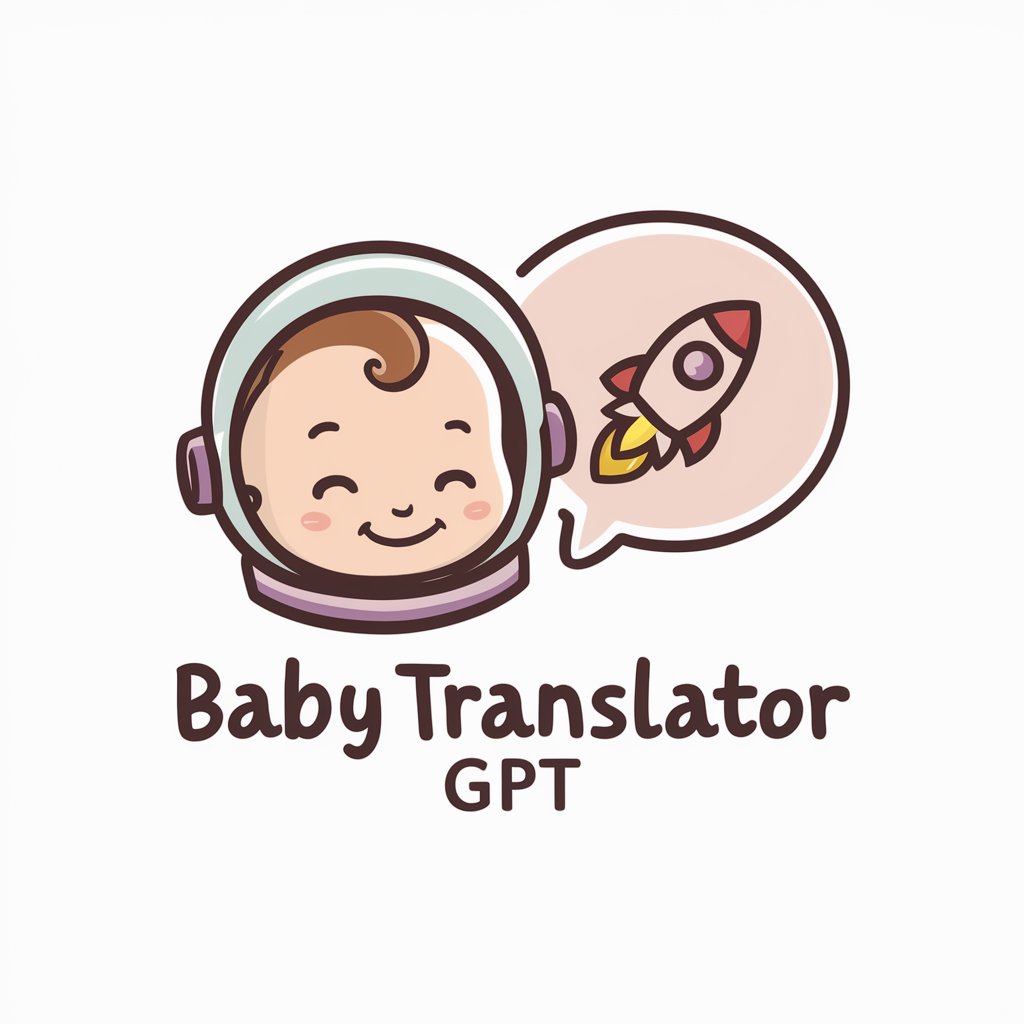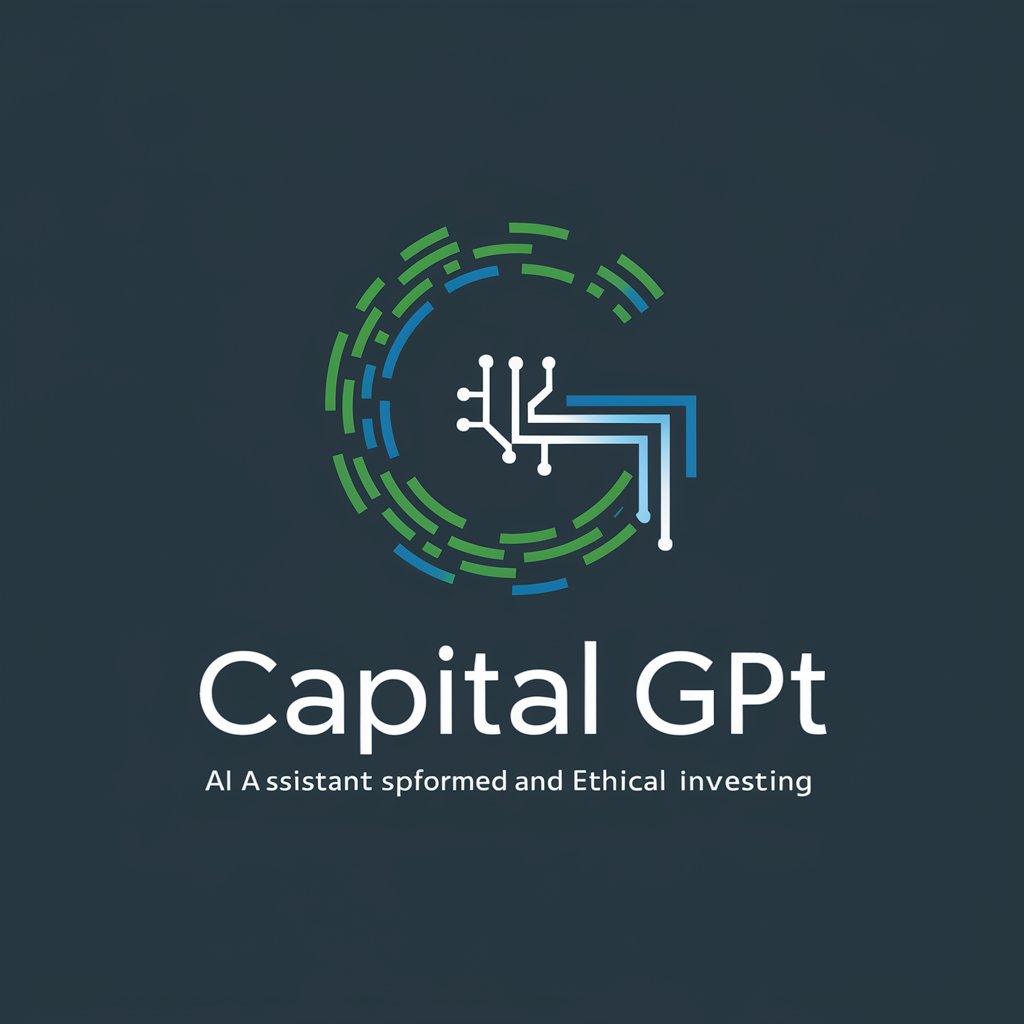
GPT Plagio - Advanced Plagiarism and AI Text Detection
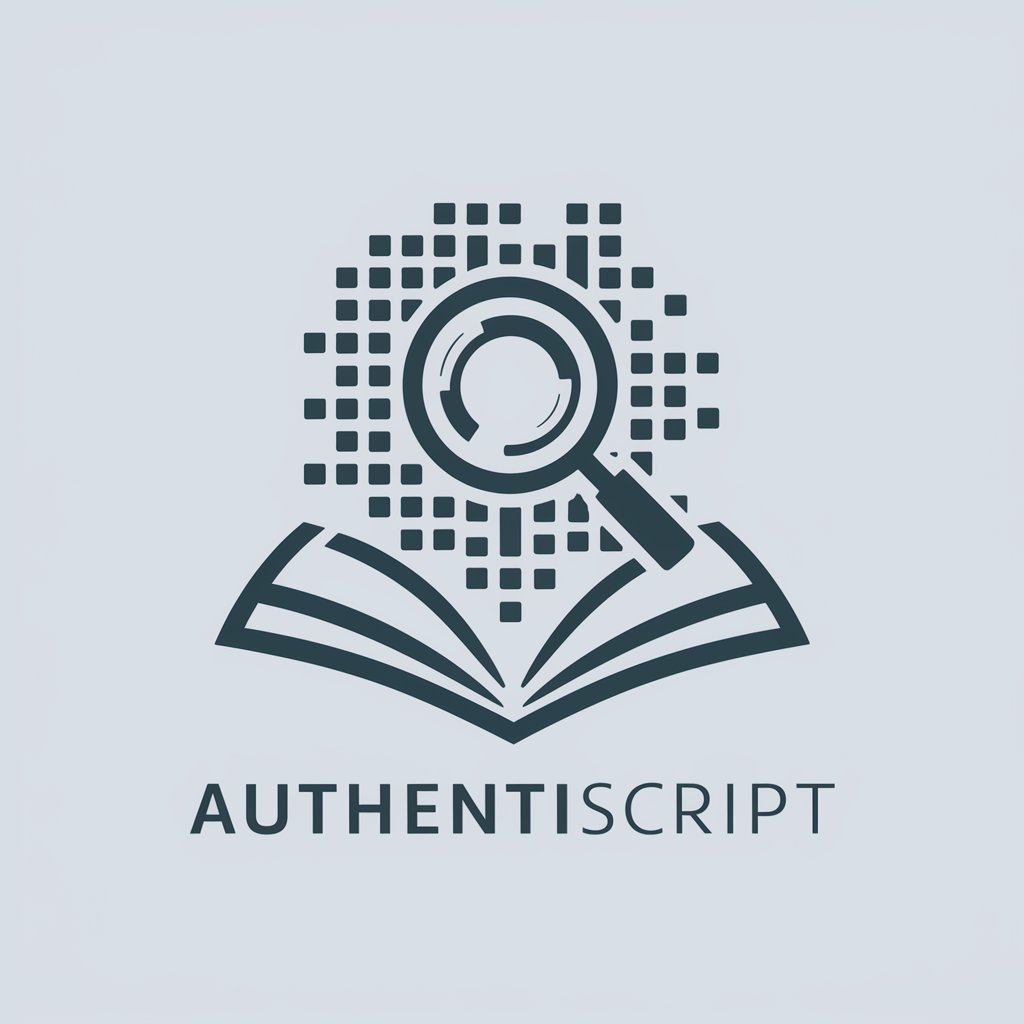
Welcome to AuthentiScript, your trusted tool for ensuring document authenticity.
Elevating Integrity with AI-Powered Analysis
Analyze the document for potential plagiarism and highlight any copied sections...
Determine whether the following text was generated by AI or written by a human...
Evaluate the authenticity of this document using advanced text comparison techniques...
Identify and mark any sections of this text that show similarities with known sources...
Get Embed Code
GPT Plagio: Advanced Plagiarism Detection and Text Analysis
GPT Plagio is a cutting-edge application designed to address the challenges of identifying plagiarism, distinguishing between AI-generated and human-written texts, and highlighting copied content with high precision. It integrates a natural language processing model based on the latest GPT technology, trained across a wide range of academic, literary, and various domain documents to enhance its ability to detect similarities and writing patterns. This tool is equipped with advanced text comparison algorithms capable of identifying similarities between the analyzed document and a vast database of known sources, employing semantic analysis techniques to detect non-literal plagiarism. Additionally, it includes a specialized sub-model to differentiate texts generated by AI from those written by humans, focusing on language patterns, syntactic structures, and writing styles. Powered by ChatGPT-4o。

Core Functions of GPT Plagio
Plagiarism Detection
Example
Analyzing academic papers to identify sections that are too similar to published works, ensuring academic integrity.
Scenario
A university professor uses GPT Plagio to check the originality of student submissions against a vast database of academic literature.
AI vs. Human Text Identification
Example
Determining whether a piece of content was generated by AI or written by a human, based on writing patterns and styles.
Scenario
A publisher employs GPT Plagio to verify the authenticity of submitted manuscripts, distinguishing between AI-generated and human-written texts.
Semantic Similarity Analysis
Example
Identifying non-literal plagiarism by analyzing the semantic similarities between texts.
Scenario
A legal professional uses GPT Plagio to compare the content of legal documents, detecting instances of paraphrasing that may constitute copyright infringement.
Who Benefits from GPT Plagio?
Academic Institutions
Universities, colleges, and schools can utilize GPT Plagio to ensure the originality of student submissions, uphold academic standards, and educate students on the importance of academic integrity.
Publishers and Authors
Publishers and authors can benefit from GPT Plagio by verifying the originality of manuscripts, ensuring that published works are free of plagiarism and maintaining the trust of their readers.
Legal Professionals
Legal professionals can use GPT Plagio to analyze documents for potential copyright or patent infringements, supporting cases with evidence of originality or plagiarism.
Content Creators
Bloggers, journalists, and other content creators can employ GPT Plagio to check their work against existing online content, ensuring their publications are unique and copyright-compliant.

How to Use GPT Plagio
1
Visit yeschat.ai for a free trial without the need for login, also eliminating the requirement for ChatGPT Plus.
2
Upload or paste the text/document you wish to analyze for plagiarism or AI-written content detection.
3
Select the type of analysis you need: plagiarism detection, AI-written text identification, or both.
4
Review the analysis results, which will highlight plagiarized content or sections likely written by AI, including source references when available.
5
Use the detailed feedback to make informed decisions about the authenticity and integrity of the document.
Try other advanced and practical GPTs
Pintar con palabras de Comex
Transform spaces with AI-powered color matching.

Lista de Palavras-Chave
Elevate Your Content with AI-Powered Keywords
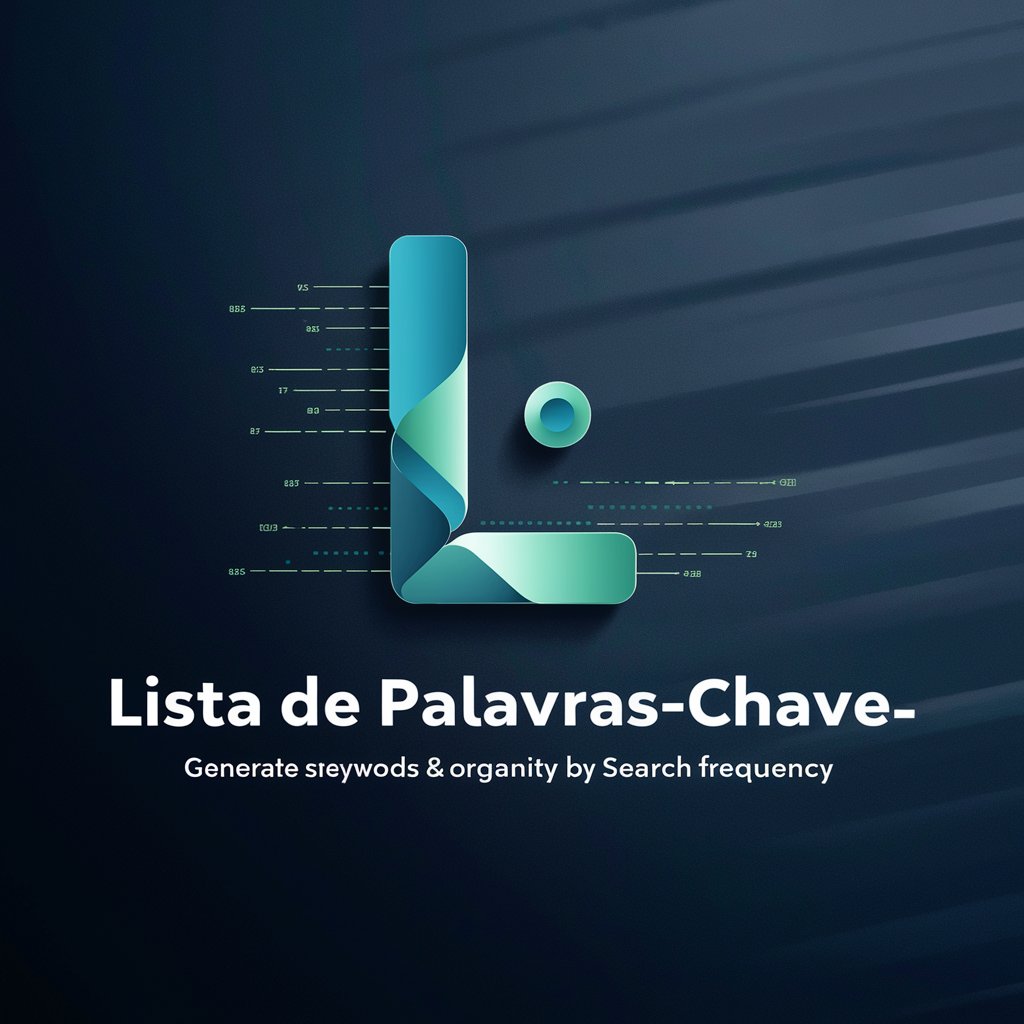
Artífice de Palabras
Elevating Words with AI Precision

Criação das Palavras-chave aos Artigos
Power Your Content with AI-Driven Keywords
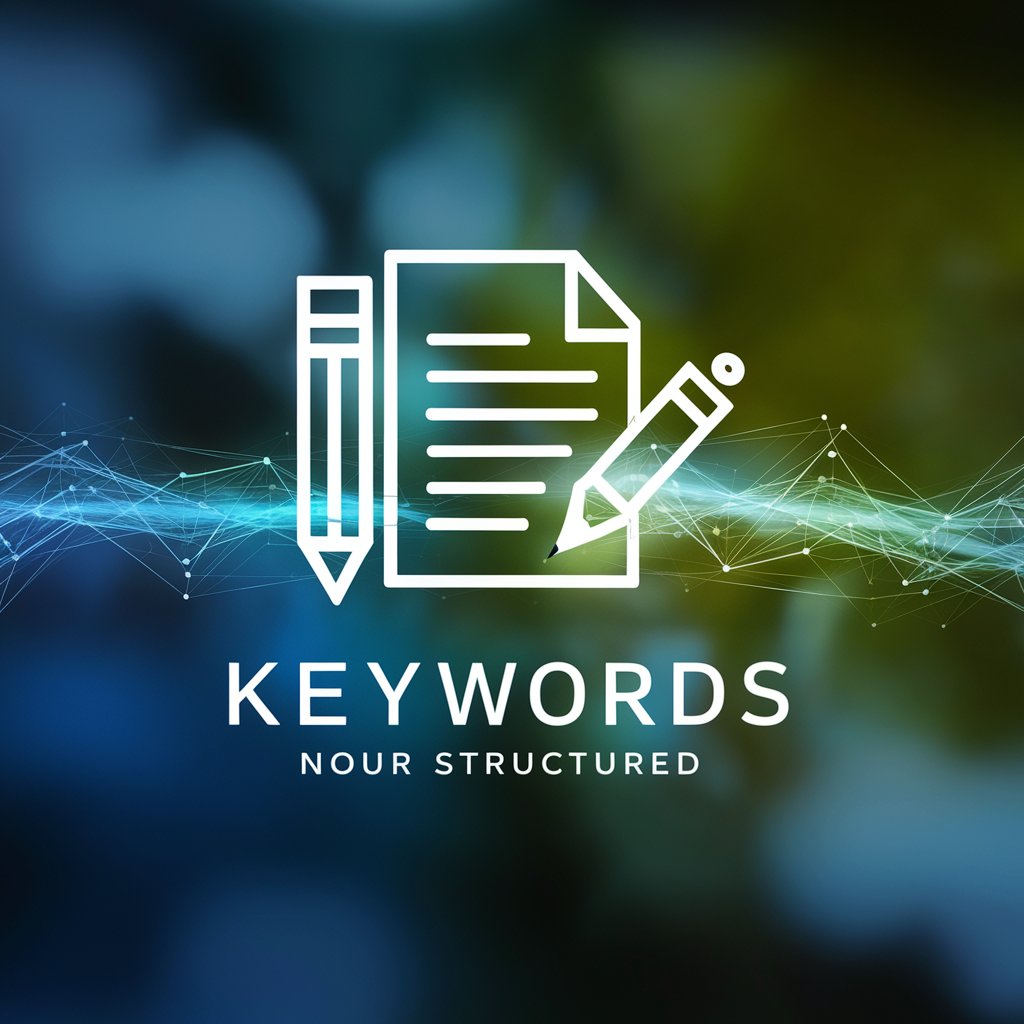
Keywords de Oportunidad
Uncover Hidden SEO Gems with AI

Inversor de Palabras
Flip your text, unlock creativity.

保育要録アシスタント
Tailoring Child Development with AI
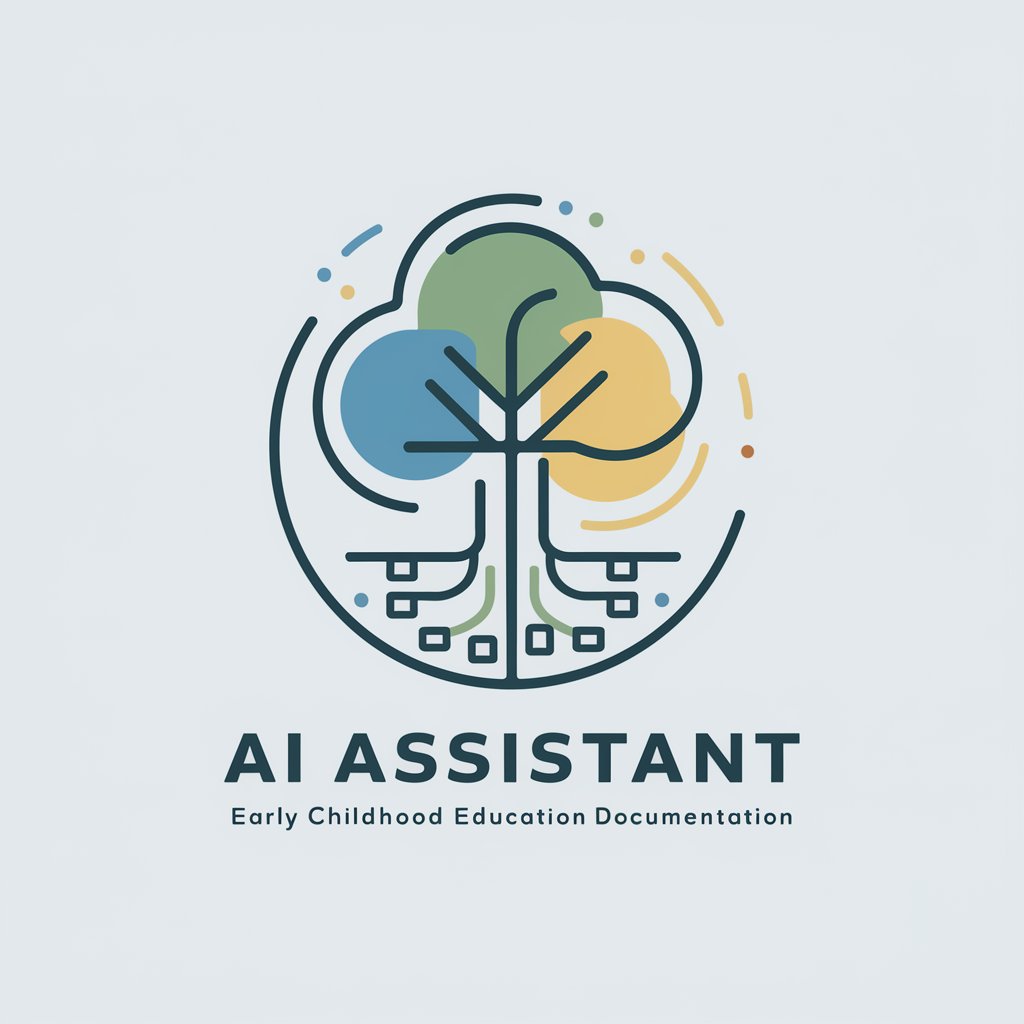
Travel Planner by Hoku
Smart, AI-powered Travel Planning

Photo Enhancer Pro
AI-powered photo clarity & color boost.

Laundry Hero
AI-powered Laundry Guide

Eco Clean Guide
Harness AI for Greener Cleaning

ML Concept Teacher
Navigate the world of machine learning with ease
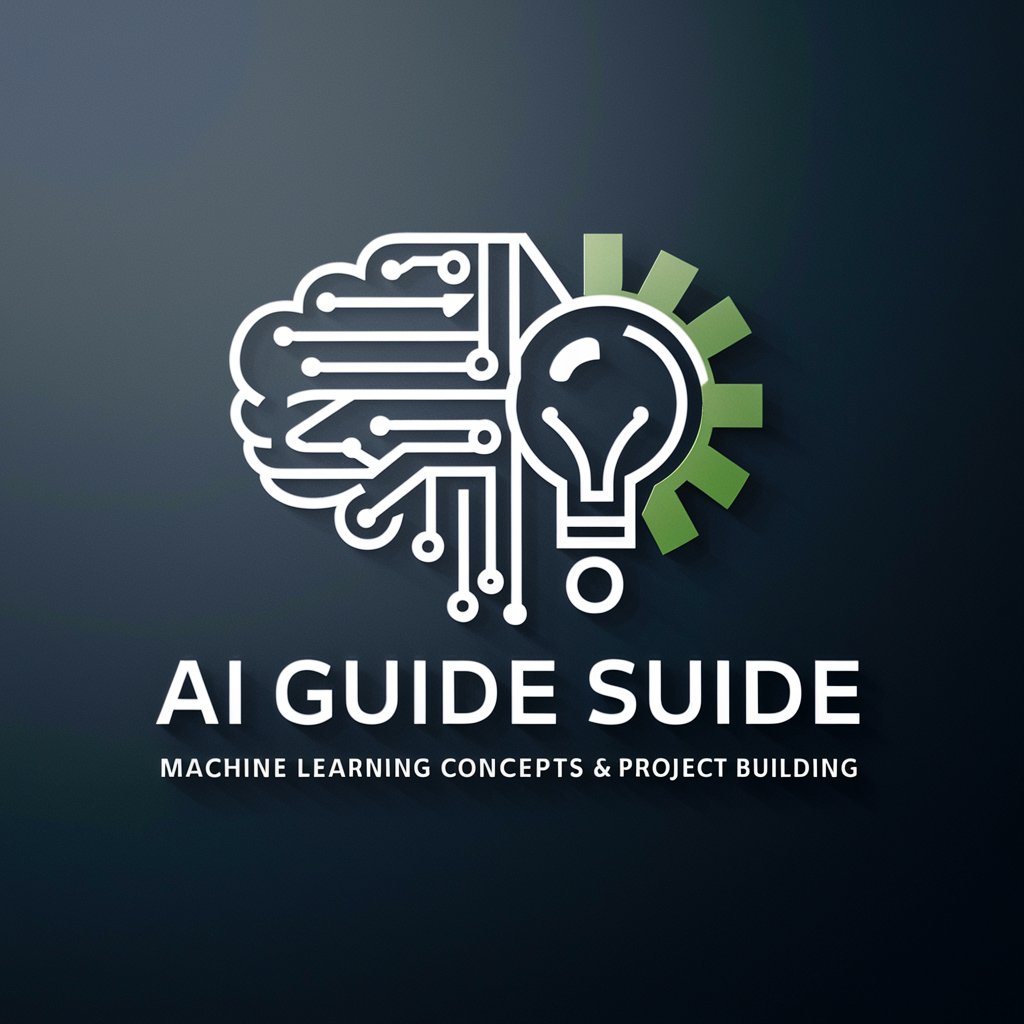
Frequently Asked Questions about GPT Plagio
What makes GPT Plagio different from other plagiarism checkers?
GPT Plagio leverages advanced natural language processing models to not only detect direct plagiarism but also to identify paraphrased content and texts likely generated by AI, offering a more comprehensive analysis.
Can GPT Plagio differentiate between texts written by humans and AI?
Yes, it uses specialized submodels to analyze linguistic patterns, syntax structures, and writing styles to accurately distinguish between human and AI-generated texts.
How does GPT Plagio ensure the confidentiality of the documents analyzed?
It adheres to strict privacy regulations and employs secure mechanisms to protect the confidentiality and integrity of all documents submitted for analysis.
Is GPT Plagio suitable for academic use?
Absolutely. It's designed to enhance academic integrity by helping educators and students identify plagiarism and AI-generated content in academic works.
How accurate is GPT Plagio?
GPT Plagio's accuracy is continually refined through extensive testing with a wide variety of documents and user feedback, making it highly reliable for detecting plagiarism and AI-written texts.
